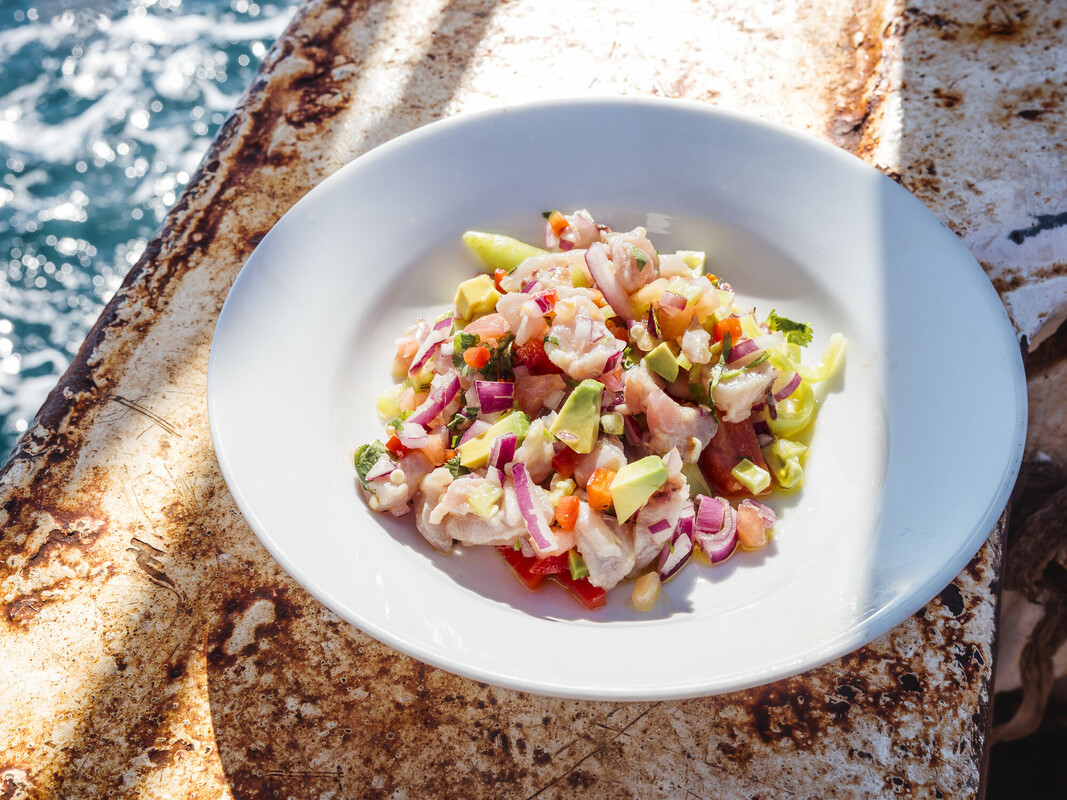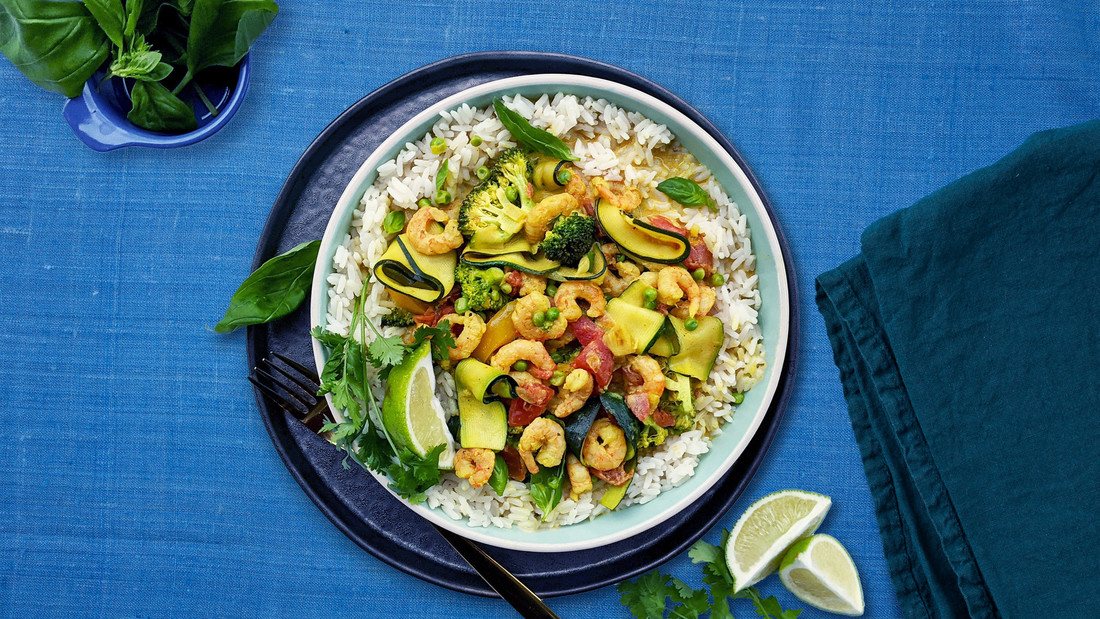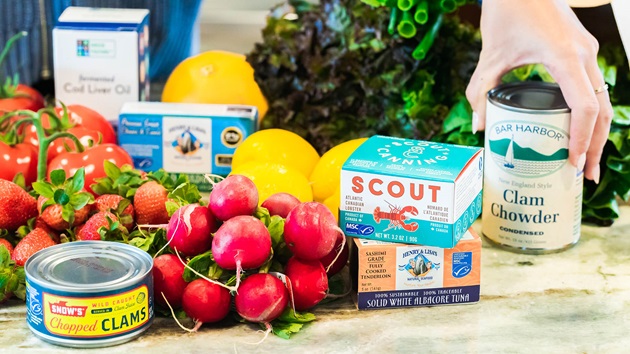Top chefs recommend sustainable substitutes for popular seafood selections
We humans are creatures of habit. Especially when it comes to food choices! Data shows that we tend to stick with what we know. In the realm of seafood that normally means that we eat shrimp, salmon, and canned tuna.
In the US the top ten most popular species make up a whopping 76% of all seafood consumed. But there’s evidence that people are branching out! In previous years, the top ten used to make up a full 90% of all seafood eaten.
This is an exciting trend because there are so many good reasons to branch out – not least to try something new and take the pressure off overfished and popular species so they can continue to thrive.
Enter the super sub!
It’s not that you shouldn’t eat sustainably sourced fish from the top ten, it’s just that there are plenty more fish in the sea! Cast your net a little wider and you might find a new favorite that’s possibly cheaper, equally tasty, and sustainably caught. These lesser-known fish make tasty alternatives to more popular species and are just waiting to be discovered.
This guide will take you on a journey across North and South America to introduce you to some underappreciated fish. They are all Marine Stewardship Council certified sustainable, so why not get friendly with your fishmonger and give them a go.
Coldwater shrimp, USA
Profile: Coldwater pink shrimp are small and typically used in salads or shrimp cocktails. They are not the chunky, warmwater shrimp favored by many Americans – these often come from regions with no certified sustainable shrimp fisheries or are imported farmed shrimp. Despite shrimp ranking consistently in the top 3 most popular seafoods in the US, the little pink shrimp swim under the radar.
Those caught wild by the MSC certified Oregon Pink Shrimp Fishery are known for their sweet and sea-salty shellfish tang and delicate texture. They are best served cold where their subtle flavors can take center stage. If you choose to serve them in a hot dish, add them just before serving.
"Coldwater shrimp may be small but they pack a big punch in flavor," says Canadian MSC ambassador and chef, Charlotte Langley. “They always come peeled, cooked, and frozen, which is super convenient. All you have to do is thaw and toss into your favorite sauce or curry, or throw on a pizza, flatbread, or taco!"
Good swap for: farmed shrimp and prawns
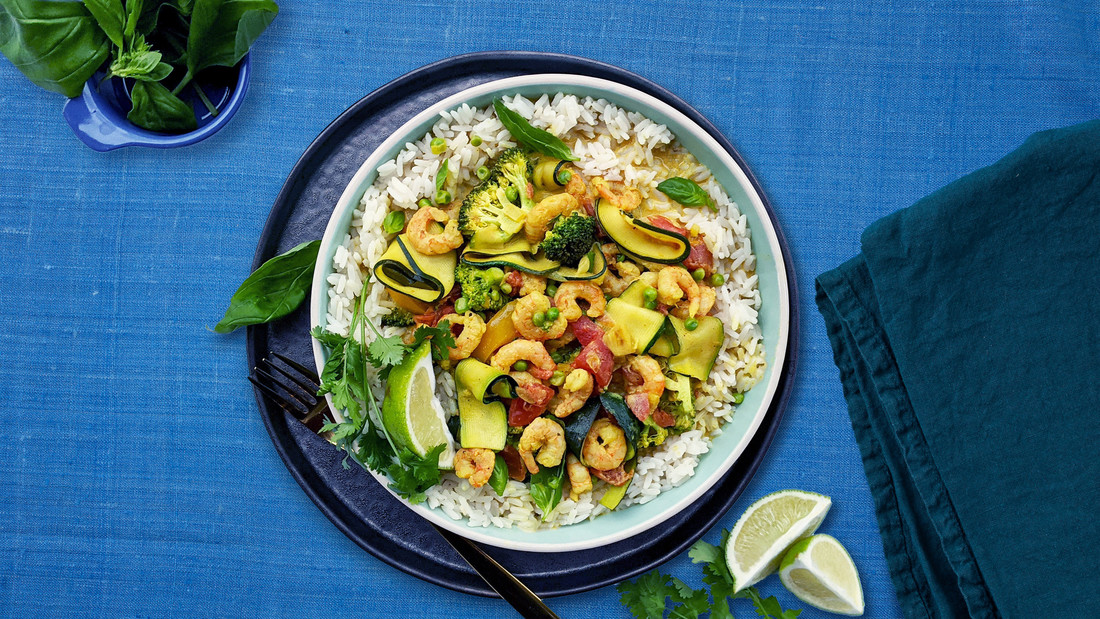
Lake fish – perch and walleye, Canada
Profile: Perch are typically quite small, with a delicate texture and a mild, slightly sweet flavor. Walleye, on the other hand, are a bit larger, with a firmer texture and a slightly more assertive flavor. They're often compared to cod or haddock, and they're delicious when grilled or roasted.
“Both offer terrific culinary possibilities,” says Chef Charlotte. “Because they're underutilized, they're often cheaper than more popular fish like salmon or tuna. But make no mistake – they're every bit as delicious and offer a unique flavor profile that's well worth exploring.”
“I love to keep things simple and let the natural flavors of the fish shine through,” adds chef Charlotte. “I like to pan-fry perch fillets in a bit of butter and serve them with a light herb salad and some lemon wedges. Whereas I often grill walleye fillets and serve them with a punchy salsa verde or a bright, citrusy sauce.” You can try swapping cod for walleye in this crispy fish sandwich recipe.
Good swap for: salmon, trout. Perch is a great swap for snapper or tilapia in a fish taco recipe, while walleye is a tasty alternative to cod or haddock in a traditional fish and chips dish.
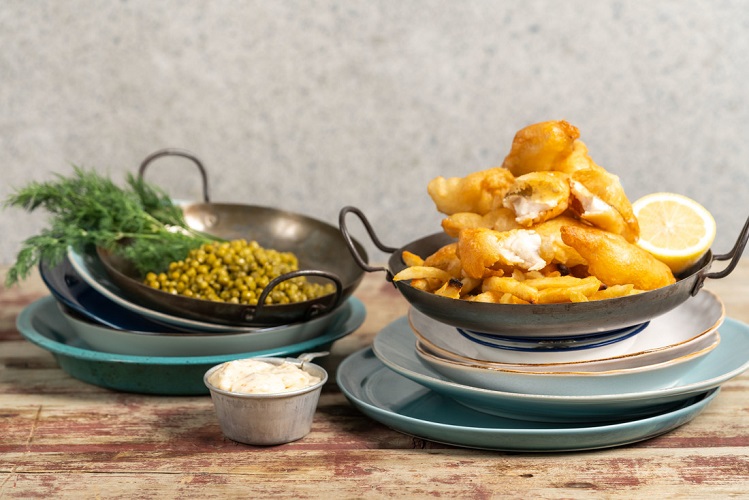
Sardines, Mexico
Profile: Sardines have a strong flavor and are oily and soft in texture. They’re often viewed as a low-end product, but they’re high in fatty acids and provide a versatile protein for many.
Long since beaten by tuna in terms of popularity, people can be put off by the whole head-to-tail fish form and the strong smell – to them sardines are more ‘military ration’ than ‘culinary fashion’.
Chefs have ways to soften bold flavors, with briny sauces, citrus, and crushed herbs. Simplicity is the key to a satisfying sardine fix, says sustainably minded Mexican chef Lula Martin del Campo: “I love sardines because they are so tasty, easy to prepare, and healthy. I always have them in my pantry and when I want a flavorful snack, I make them with pico de gallo (a classic Mexican salsa made from diced tomato, onion, chili, lime, and cilantro) lots of lemon and salt on a baked corn tostada, it is second to none! Sometimes I add cooked beans.”
Good swap for: tuna
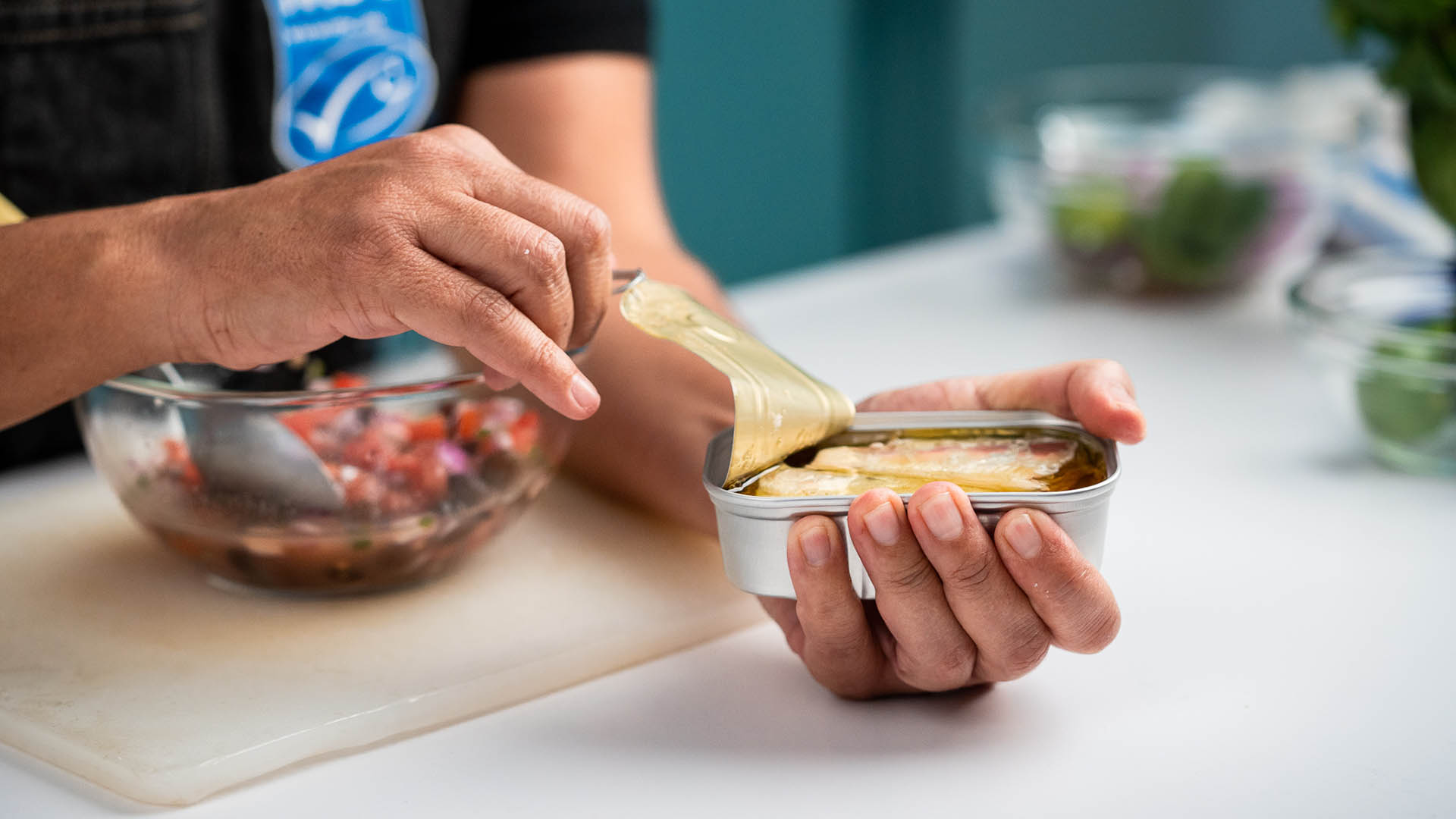
Rockfish, USA
Profile: A lean, flaky white, bass-like fish that comes in many (colorfully named) varieties, from splitnose and darkblotched to widow and chili pepper. Rockfish are caught along with other species such as lingcod, sablefish, and flounder by an MSC certified groundfish fishery along the Pacific west coast. Also known as rock cod and Pacific snapper, it is popular in Asian cuisines. Rockfish can be steamed or fried whole, sauteed as panko crumbed fillets, or used in bakes and chowders.
UK based chef and seafood expert Mitch Tonks is such a big fan that he named his restaurant group after the deepwater fish: "Rockfish is like gurnard in that it’s slightly oily but with big white flakes. It’s a versatile fish in a similar price bracket to haddock. I like to cook it on the griddle and eat it with spinach and hollandaise sauce, in tacos, or battered and fried with chips."
Good swap for: salmon, cod, other popular whitefish
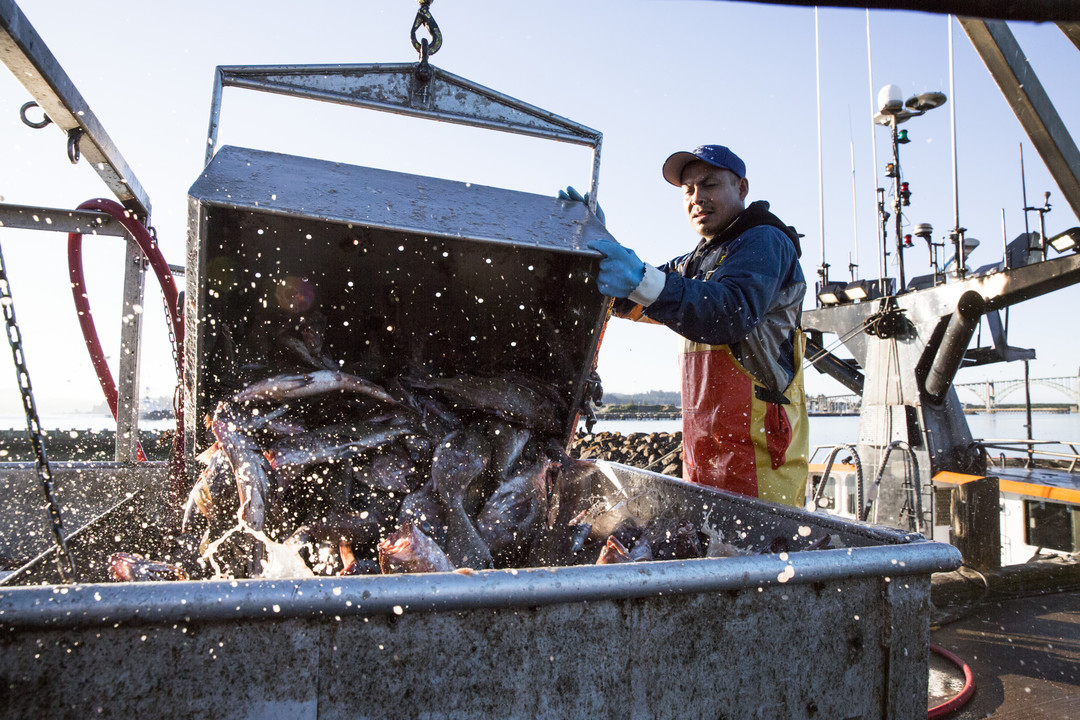
Pacific Jack mackerel, Chile
Profile: Widespread in the Pacific and typically smaller than common mackerel species, Jack mackerel is big in Japan where it’s known as ‘aji’ and enjoyed as nigiri and sashimi, cut-open and sun-dried, grilled, or deep-fried.
MSC certified Jack mackerel is increasingly finding its way into the European market where fisheries are dealing with sustainable stock management issues. It’s a new addition to the Fish Tales range of tinned seafood run by chef and cookbook author Bart van Olphen. “Jack mackerel has this unique full flavor and beautiful texture. It’s an oily fish packed with healthy omega-3s,” says Bart. “It is nutritious and super tasty, and very easy to cook with. You can simply pan fry a fillet, eat it raw like sashimi, or smoke it. And, of course, you can eat it out of a can.”
Good swap for: sardines, Atlantic mackerel (which lost its MSC certification in 2019 due to disputes over fishing quotas, leading to overfishing), or salmon for its omega-3s.
